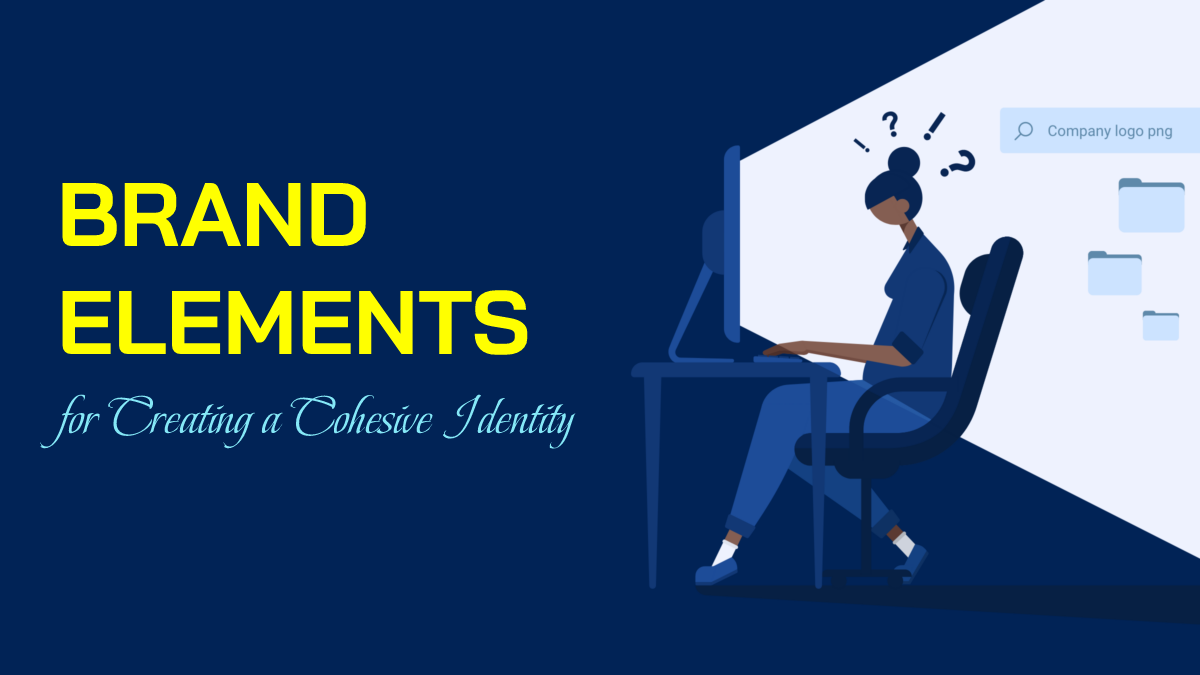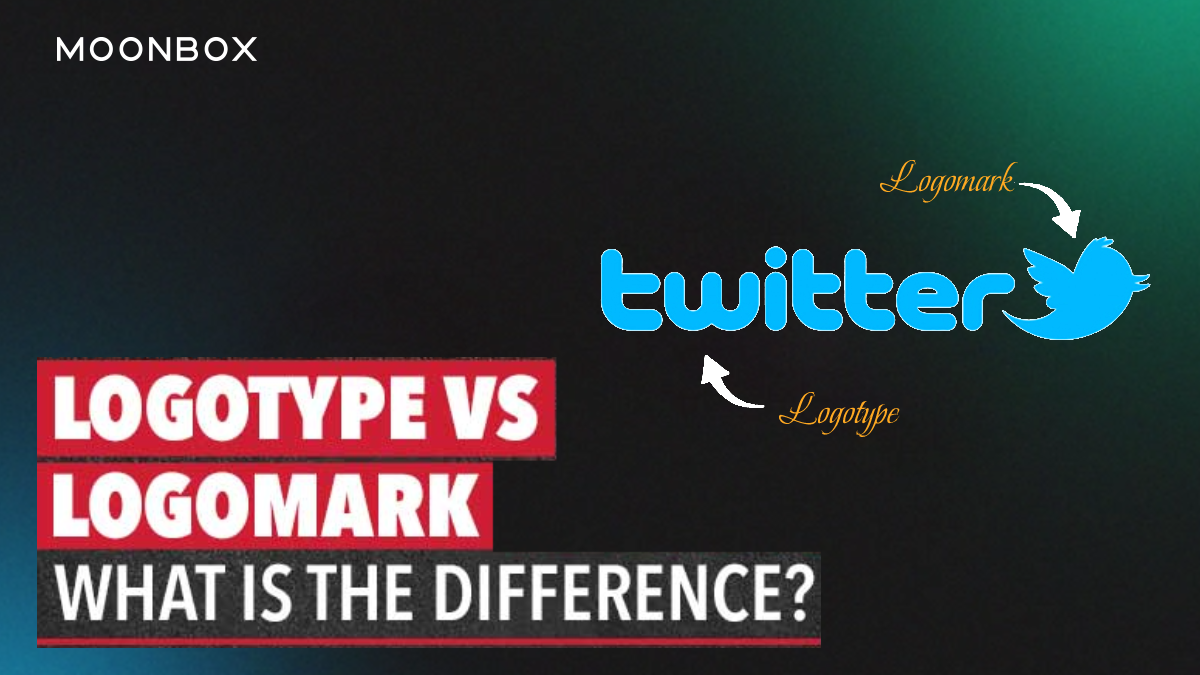Logos are often confused with brands when referred to as brands. Logos are only one of the elements that make up a brand. In order to better understand what a brand means, let’s dig deeper.
A cohesive brand identity and recognition in the marketplace require branded elements that appeal to customers’ every sense. In the long run, this will lead to strong and lasting brand loyalty from your customers.
Read more on What is Brand Identity?
Brand identity consists of the following elements:
Name
Logo
Color
Slogan
Image
Shape
Graphics
Typography
TIP: Hire the best branding agency in Dubai to ensure your brand identity is flawless.
Brand elements that are essential
Brand Name
There is a spoken element to a brand called a brand name. A phrase, letter, number, or word can be included. As an example:
Pepsi
7Up
Reebok
The process of naming a brand can be quite challenging, and the process of changing its name can be even more challenging. Finding a name that is unique, catchy, and reflects the soul of your brand takes time and effort. A brand name should therefore be thoroughly researched and examined before it is approved.
Logo/mark
The logo of a brand is also known as the brand’s mark. A brand’s visual elements. Symbols and signs can be used to identify a product or service. As for the definition, a logo can be a trademark or an abstract design, such as Rolex Crown.
URL
It’s also known as a web address or a uniform resource locator. Typically, it is based on what your company is about or its name in order to link your company with online content.
Companies look for a space on the web that suits their brand names based on the definition. Due to the rapid growth in URLs, this is not an easy task.
By using URLs, a brand’s recall can be enhanced. Strong brands use their literal name as their main URL. Customers can easily find the brand on the web this way.
Character
It is a colorful and imaginary symbol that takes on characteristics of a human being. There are two types of brand characters: animated characters like Chester Cheetah and live-action figures like Ronald McDonald. Ads usually feature these characters.
Brand characters increase brand awareness since they are catchy and attention-grabbing. Additionally, they show the fun side of the brand, which enhances its likability and acceptance.
Slogan
It is a phrase or tagline that expresses your brand’s vibe. A brand’s positioning is reinforced by communicating information about the brand in a persuasive or descriptive manner. In most cases, companies carefully choose their slogans because they must reflect their company’s image.
Jingles
Brand jingles are usually referred to as the sound of a brand. A professional songwriter composes a short musical message about a branded product or service. These jingles are meant to communicate brand meanings and benefits indirectly so that people feel a certain way about the product or service.
Furthermore, it helps increase brand awareness by mentioning the brand name multiple times, which makes encoding the needed messages easier.
The McDonald’s jingle “I’m lovin’ it“ has been stuck in people’s heads for a long time. McDonald’s has succeeded in influencing people’s thoughts and actions thanks to this.
Packaging
Brand packaging involves designing wrappers or packages for a product. It’s important for marketers to pick the right functional components for their packaging. Along with the innovative criteria needed to choose catchy colors.
Conclusion
All of the brand elements work together to create a brand identity. It’s crucial for creating brand awareness. The elements of a brand are selected so that they align with each other and contribute to the overall image of the brand.


